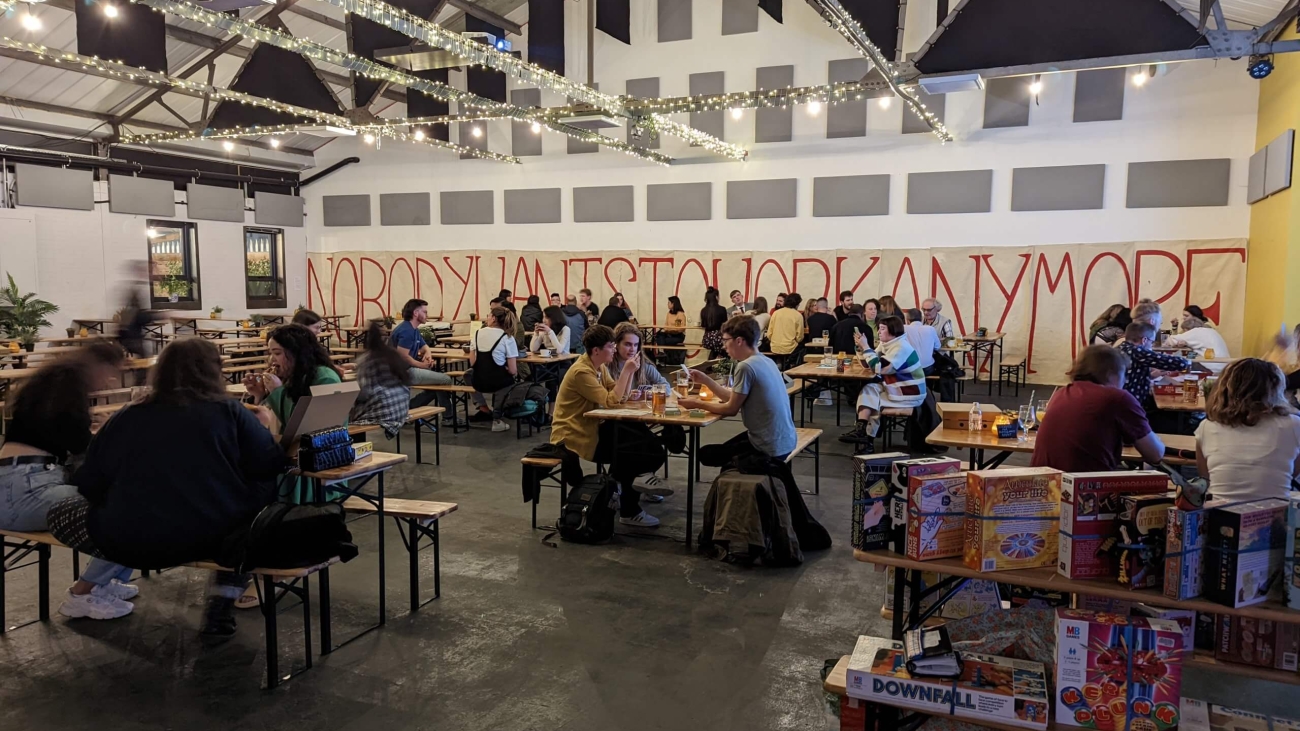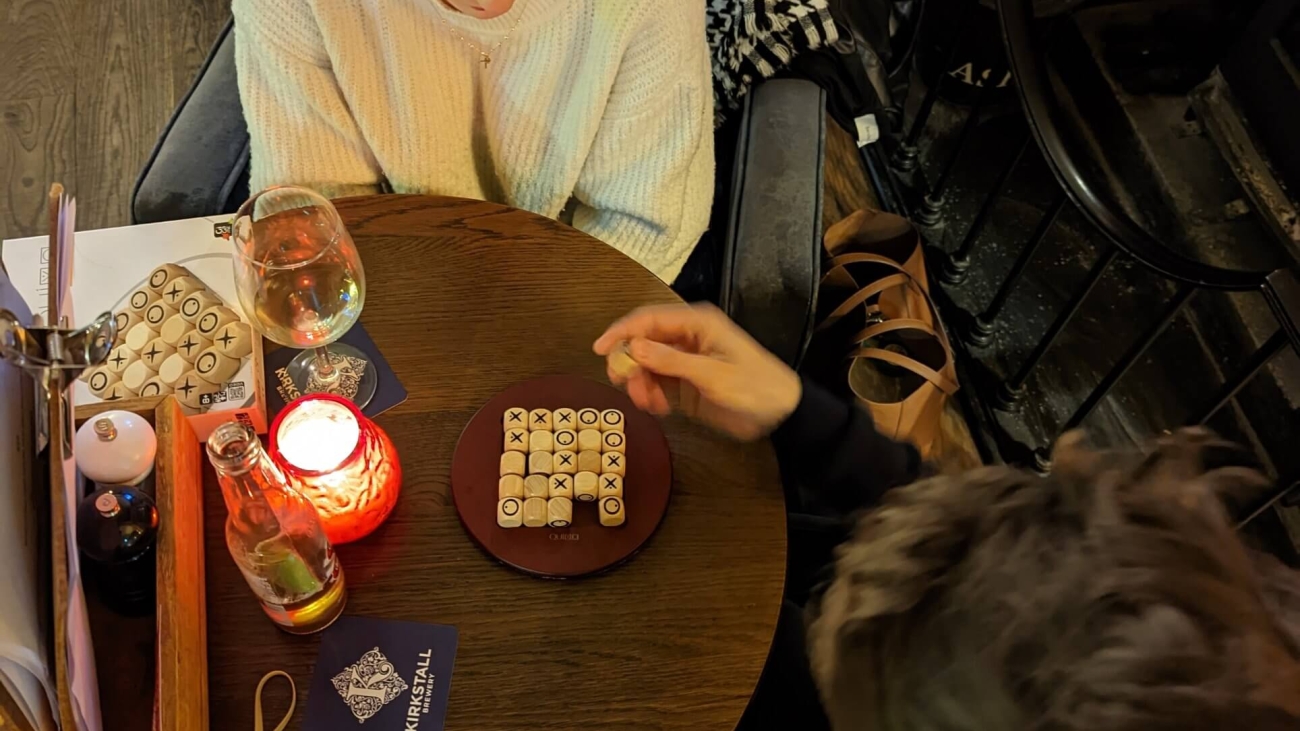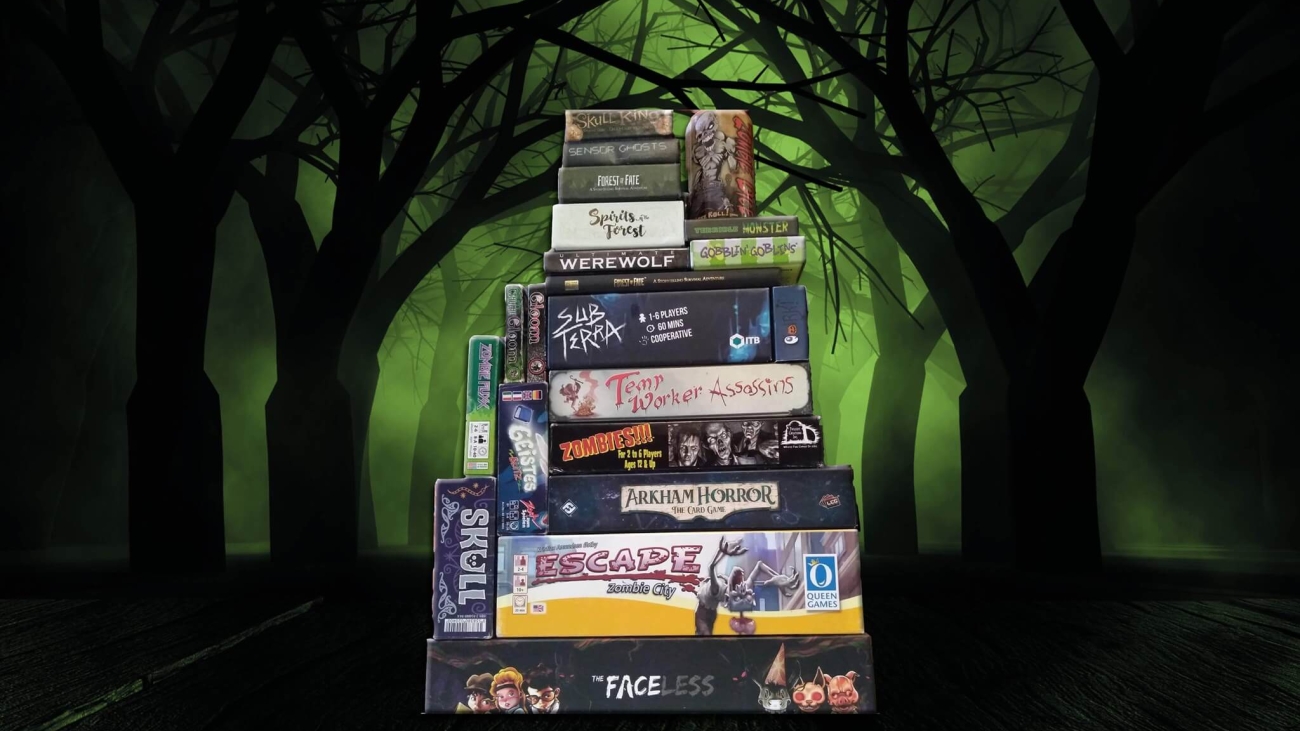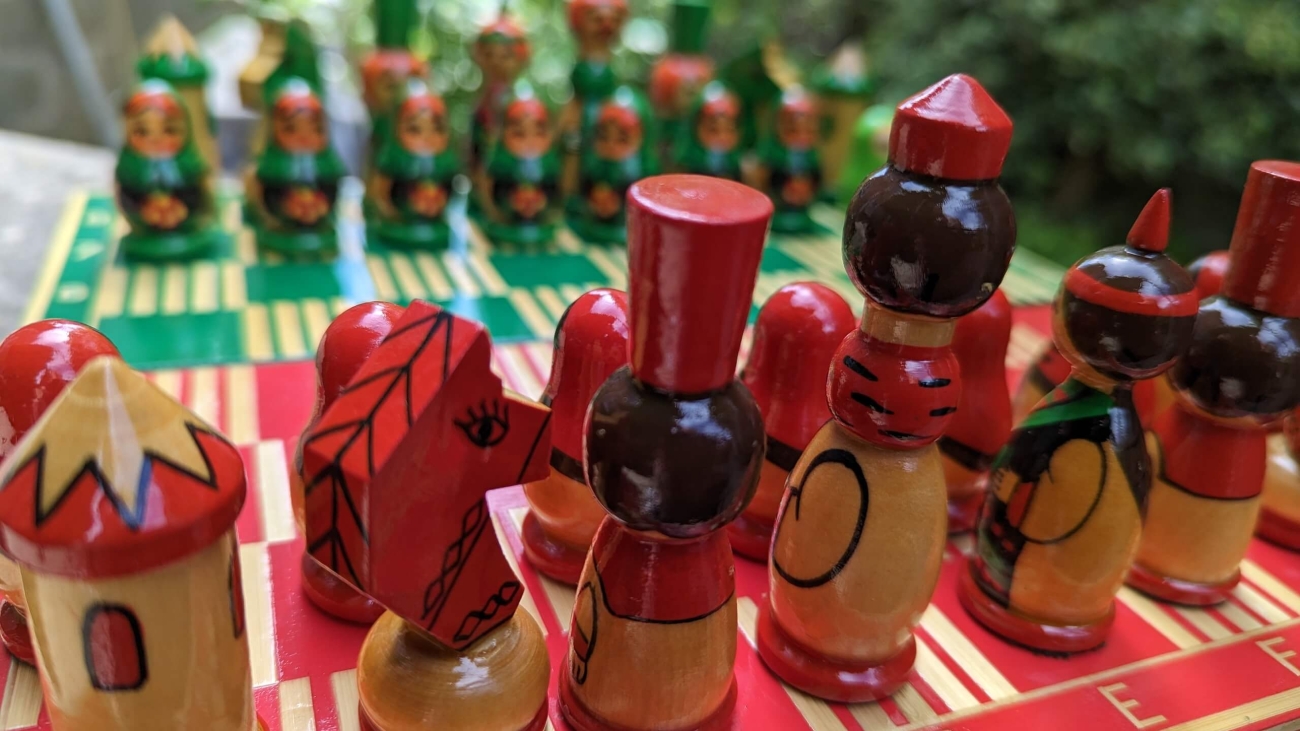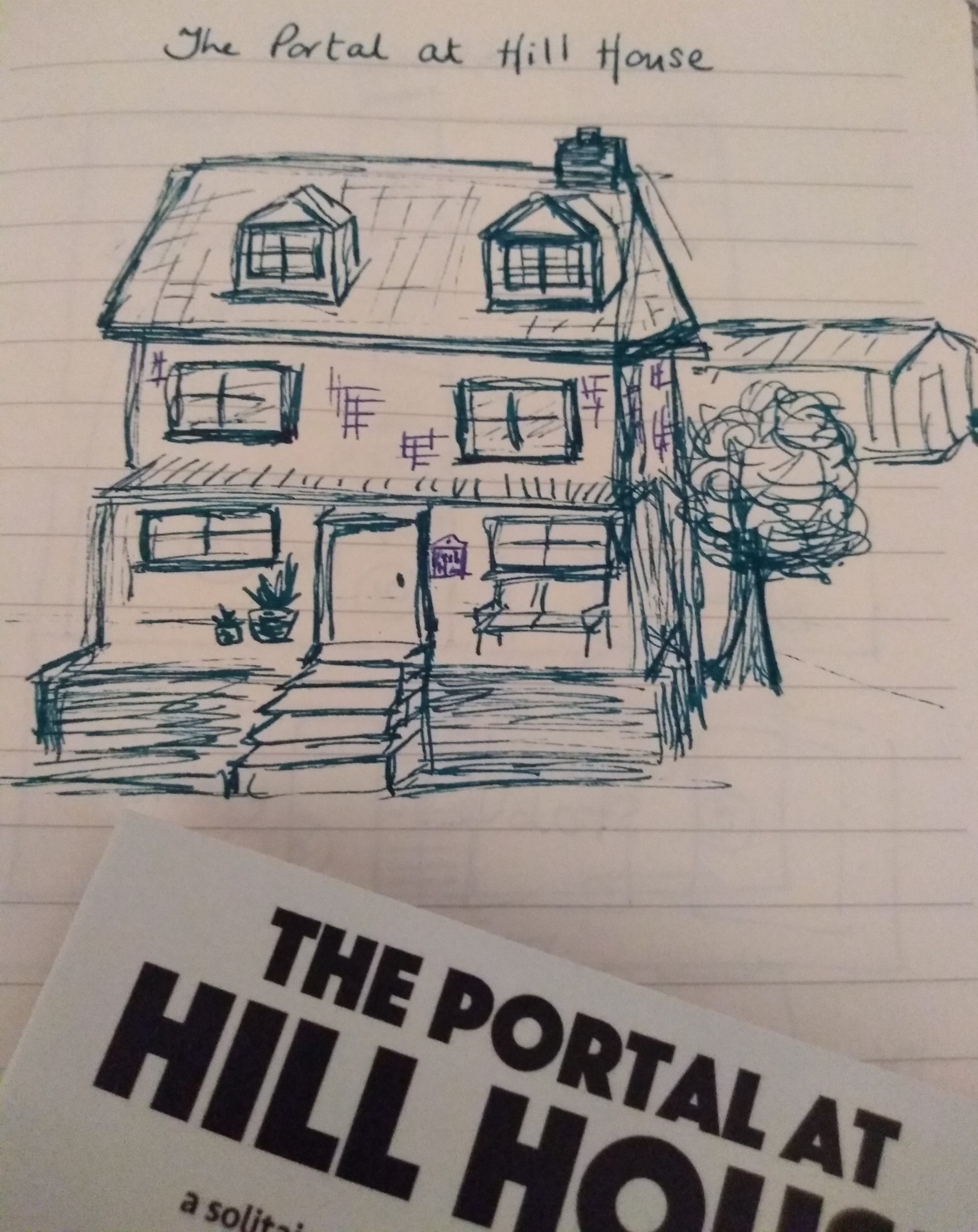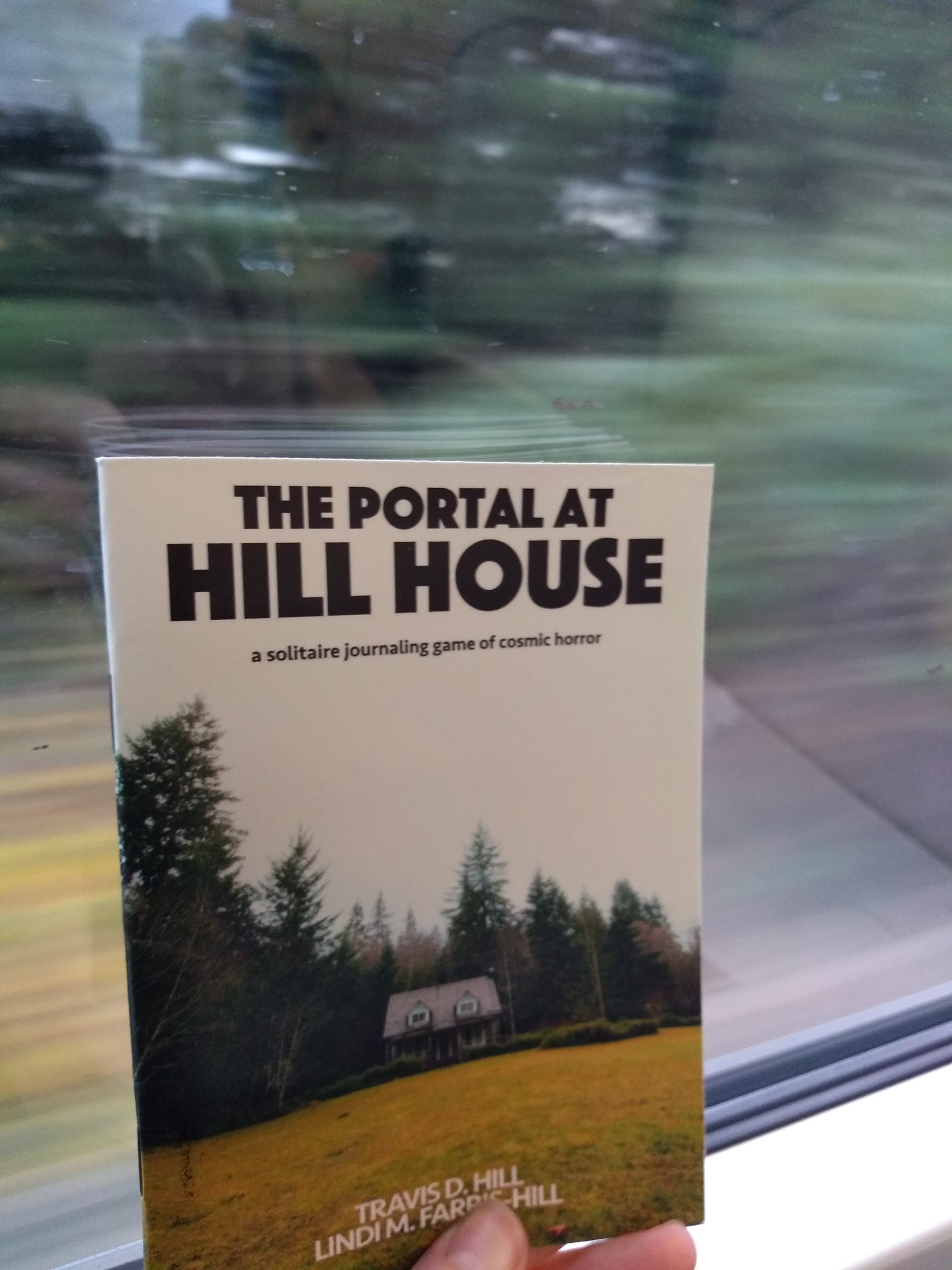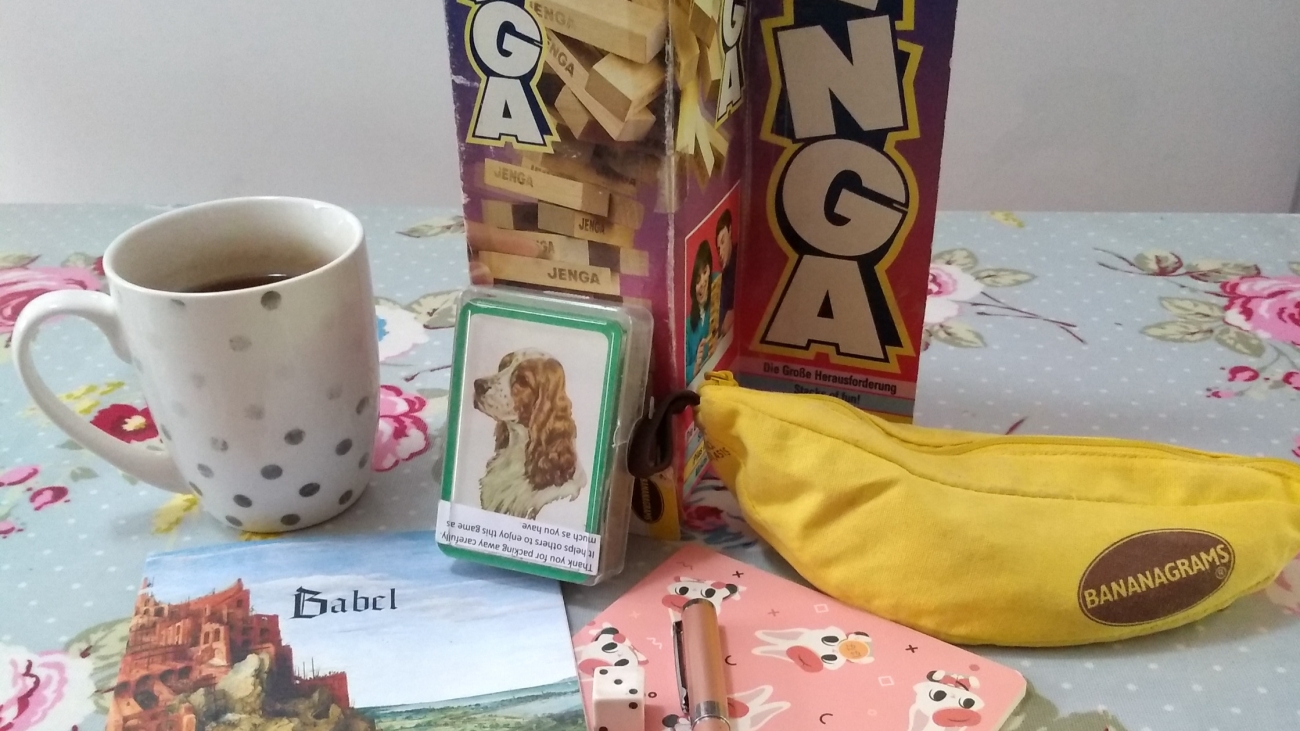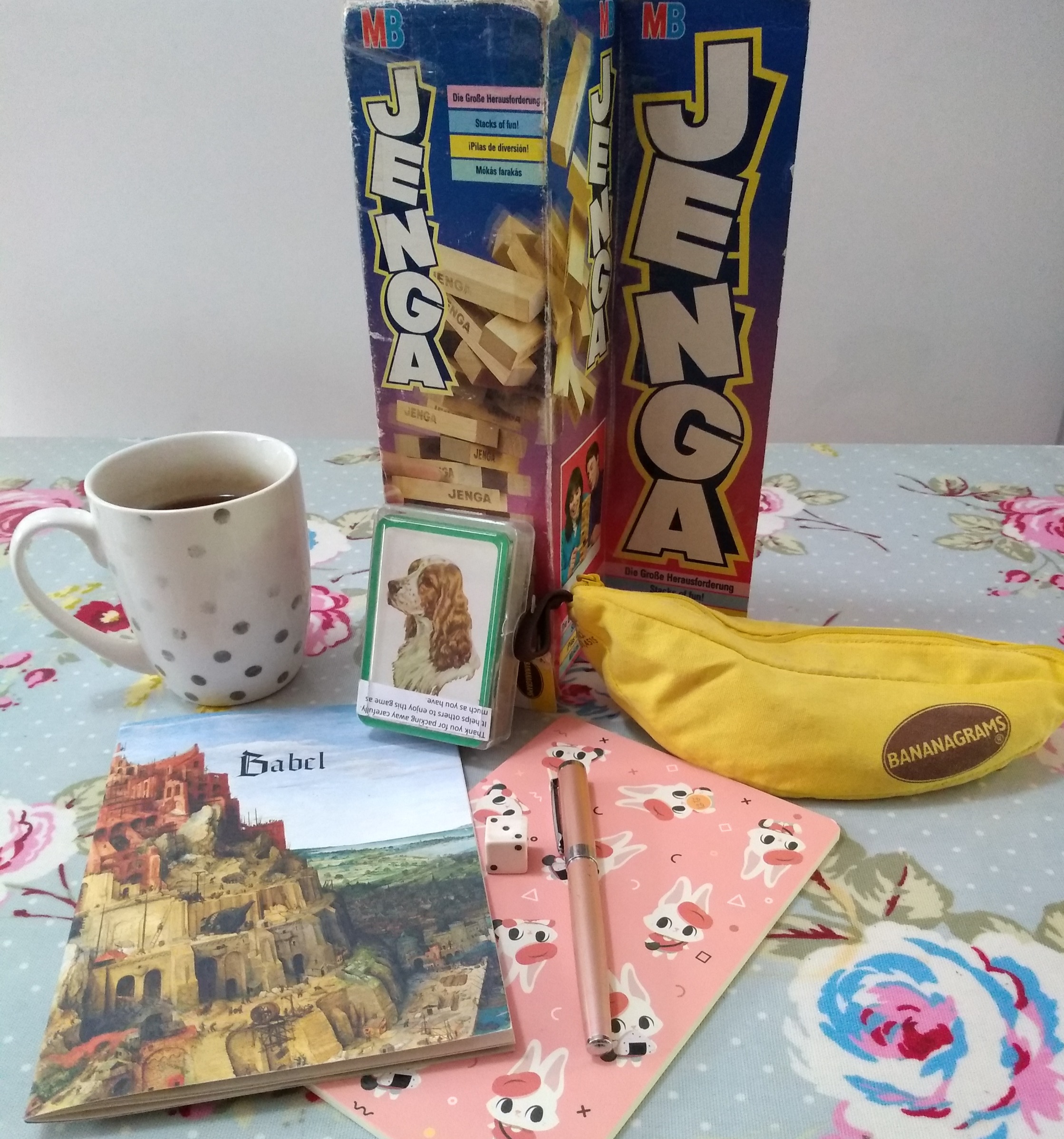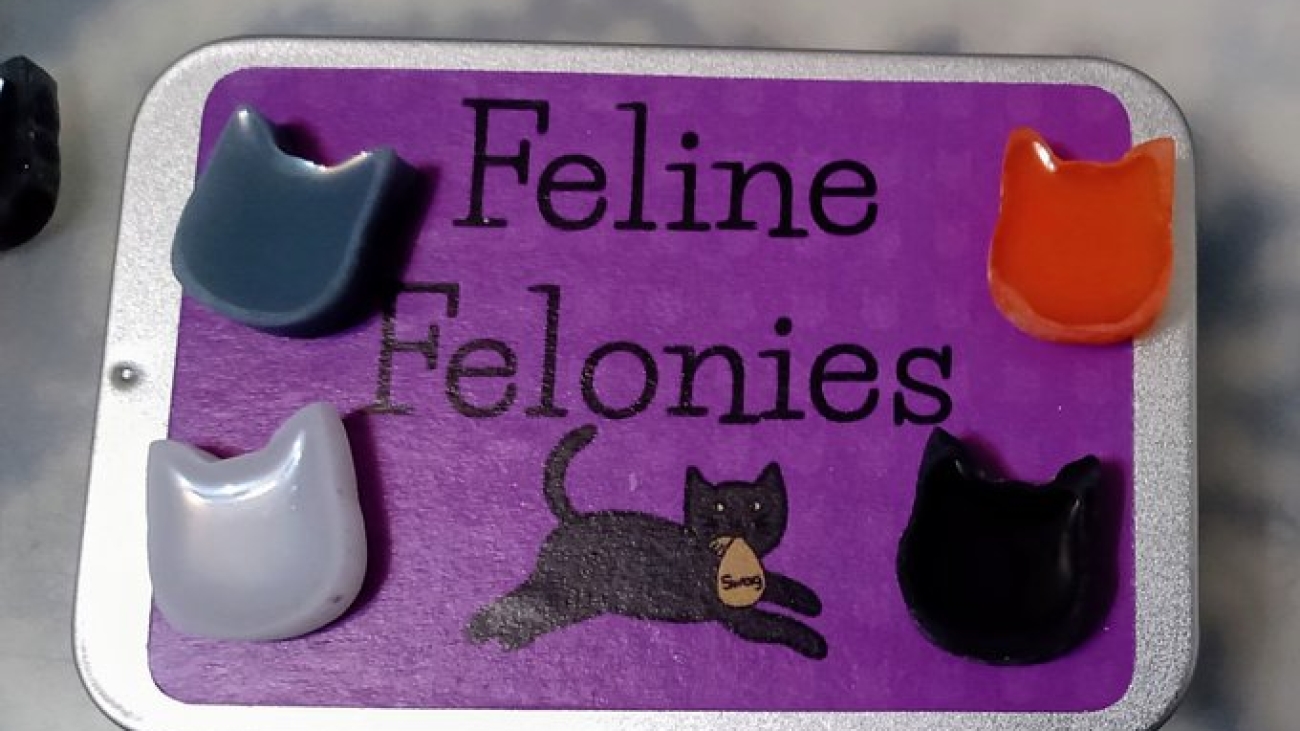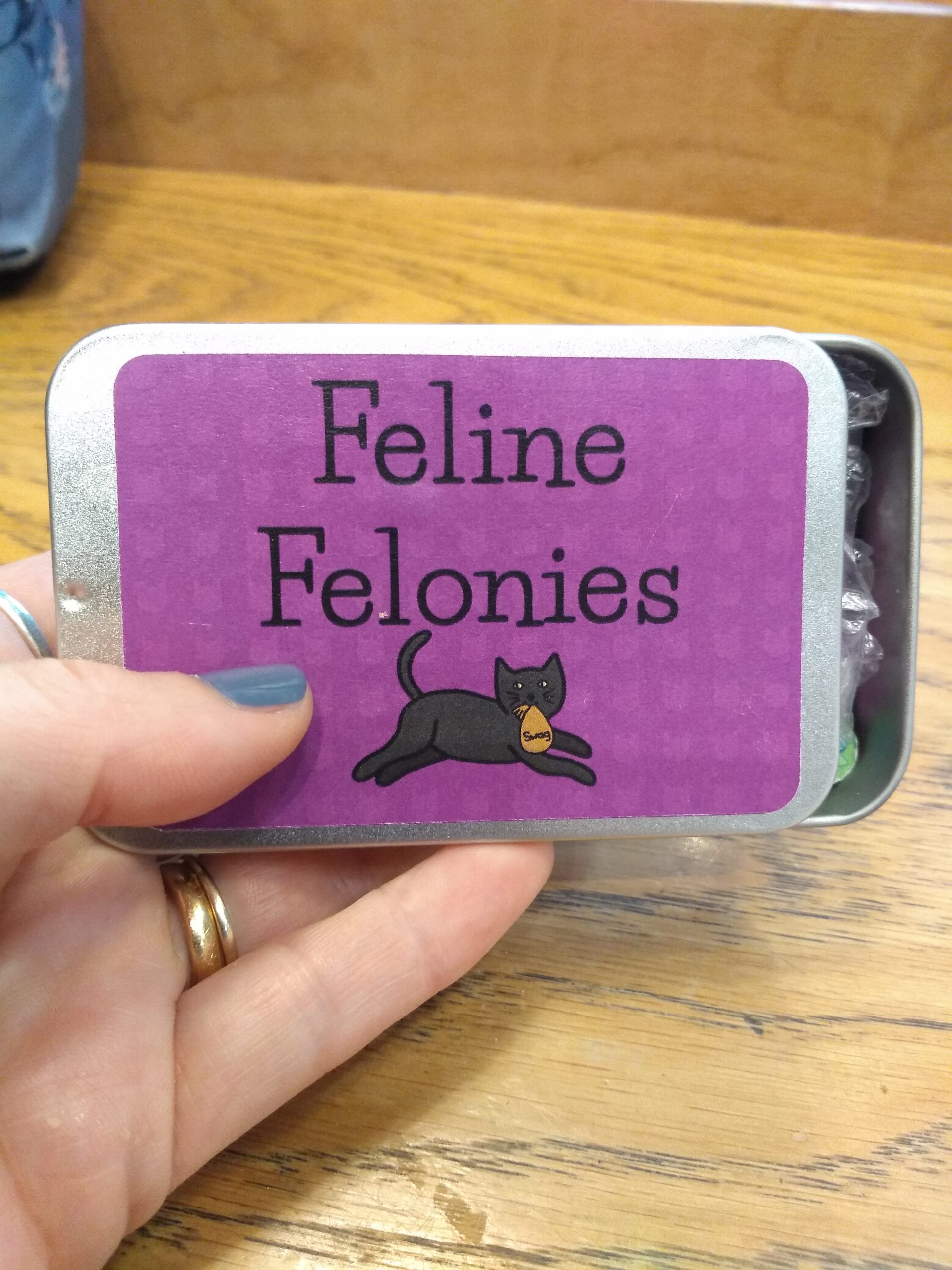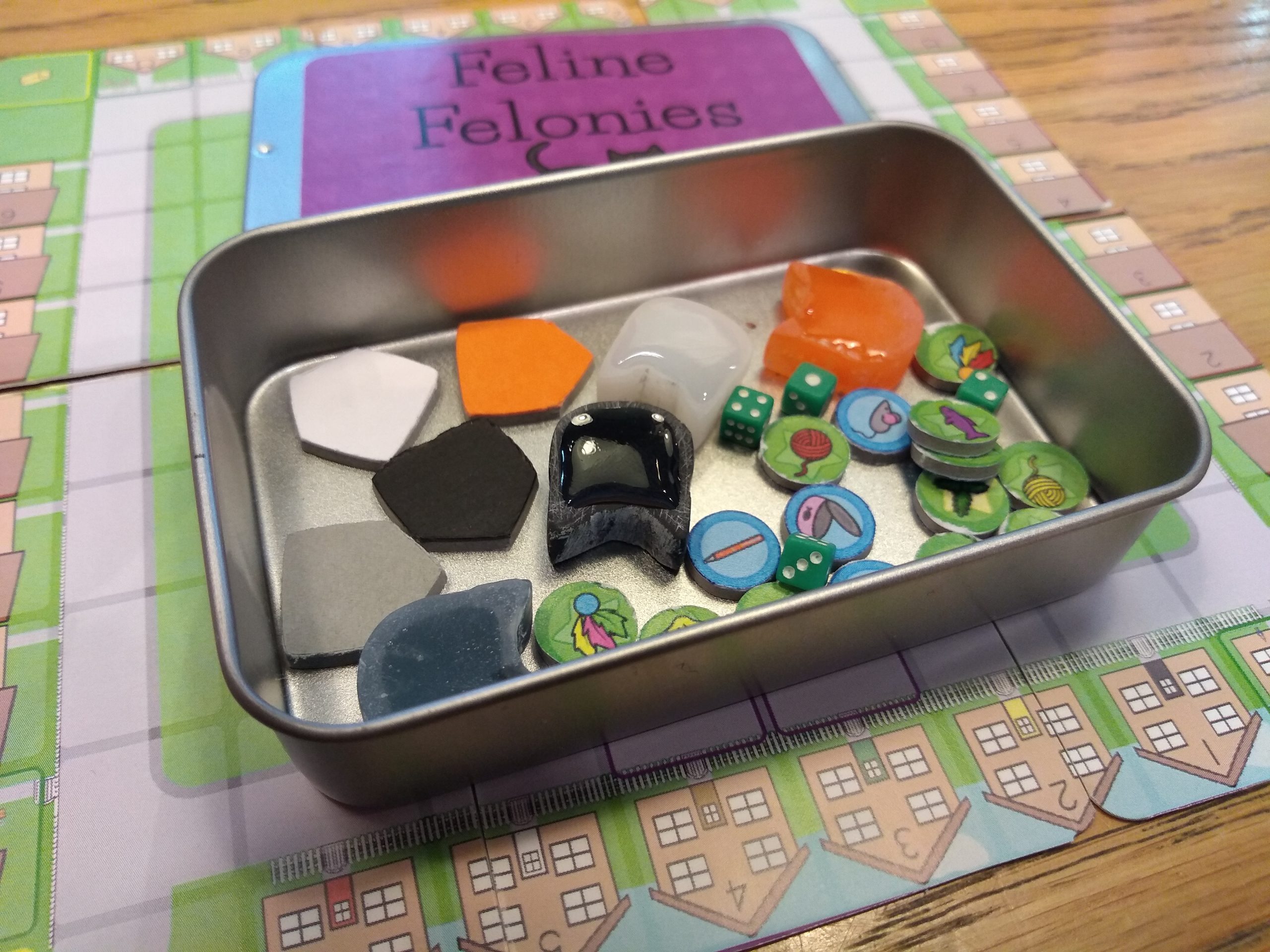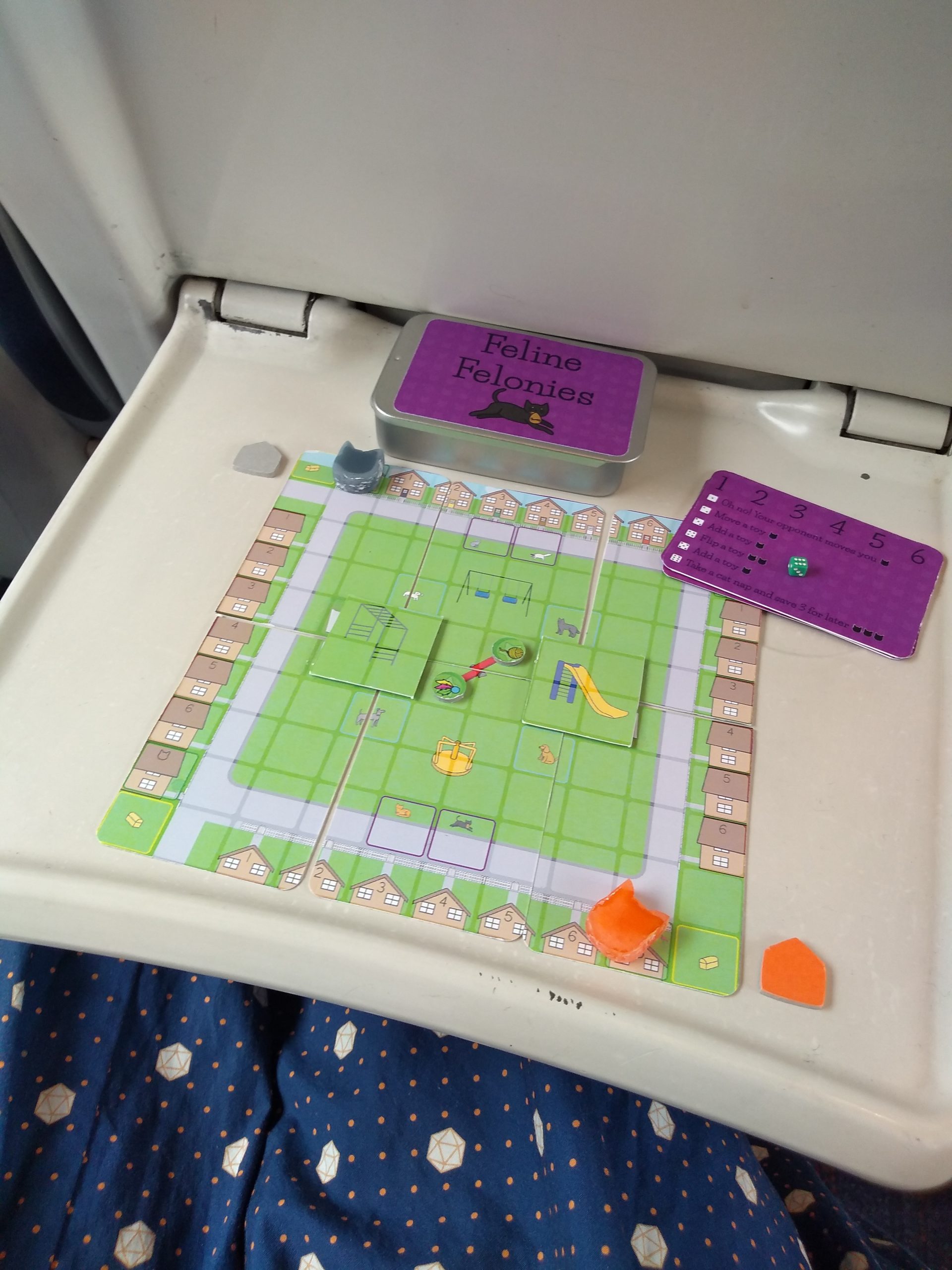Creating an inclusive gaming space is central to Cards or Die’s mission. We want to bring people together with boardgames – here’s some tips on how you can make everyone welcome at your table.
Celebrating Women in Boardgames
This year one of the ways I’m marking the day is by celebrating the achievements of 8 of my favourite female board games designers. Of course, there are many, many more than 8 brilliant female boardgames designers and as soon as I started writing I immediately thought of some more – I have stuck to 8 but please shout me with the ones I missed.
What is Mindfulness?
What is Mindfulness? Mind defines ‘Mindfulness’ as: ‘a technique you can learn which involves noticing what’s happening in the present moment, without judgement. You might take notice and be aware of your mind, body or surroundings.’ That’s it. There is no specific activity you have to do – I love yoga, I use guided meditation from time to time, I dance and I try to sit in the garden and drink a cup of tea most days. And, of course I play boardgames. It doesn’t have to cost the earth and mindfulness looks different for everyone. I thought I’d tell you a bit about what it looks like for me in terms of boardgames. I’d love to hear what it looks like for you.
Christmas Gift Ideas
If you’re looking for some game suggestions to get the gang playing together this Christmas – look no further; no matter what age the person or what they are interested in there’s a board game (or card game) to suit everyone.
Top 5 Spooky Games for Halloween
Top 5 spooky halloween board games. Find some ideas for your halloween boardgames nights here.
3 Games to Play Instead of Chess.
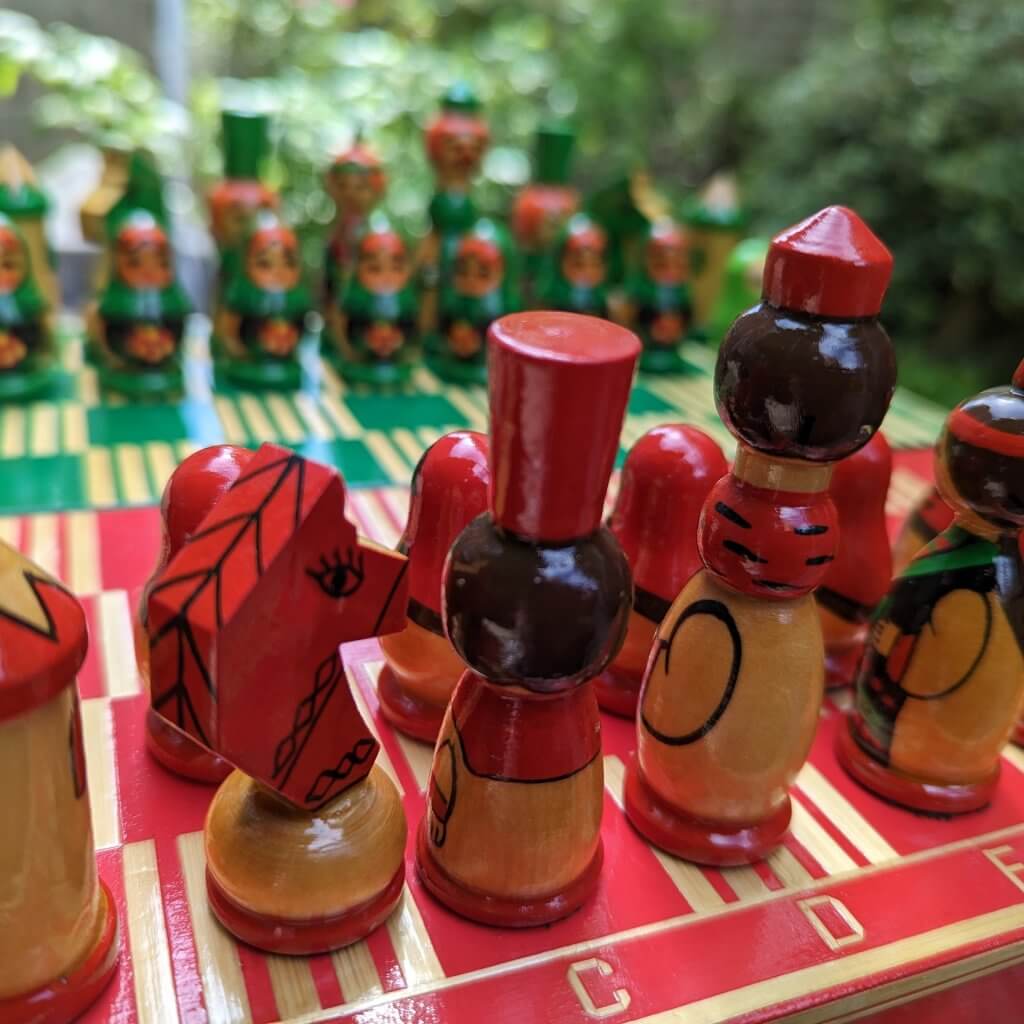
Obviously, by all means play Chess. Chess was fascinating even before the suggestion of using vibrating devices for clues. Chess sets are ubiquitous and the Queen’s Gambit TV series brought with it even more popularity with games stores having to order in extra sets in. The sets themselves can be things of beauty or whimsy. The one pictured above, I found in a charity shop and it’s just beautiful. There are sets for every interest and fandom – we also own a Star Wars set. But it’s not just aesthetically pleasing, it is the ultimate game of wits, tactics and strategy. It’s the game many people feel duty bound to pass on to their children or display proudly in their home. And while there are many variants of Chess itself, if you enjoy Chess or like the idea of it but really haven’t got time to deliberate over which piece to sacrifice next then these suggestions are for you…
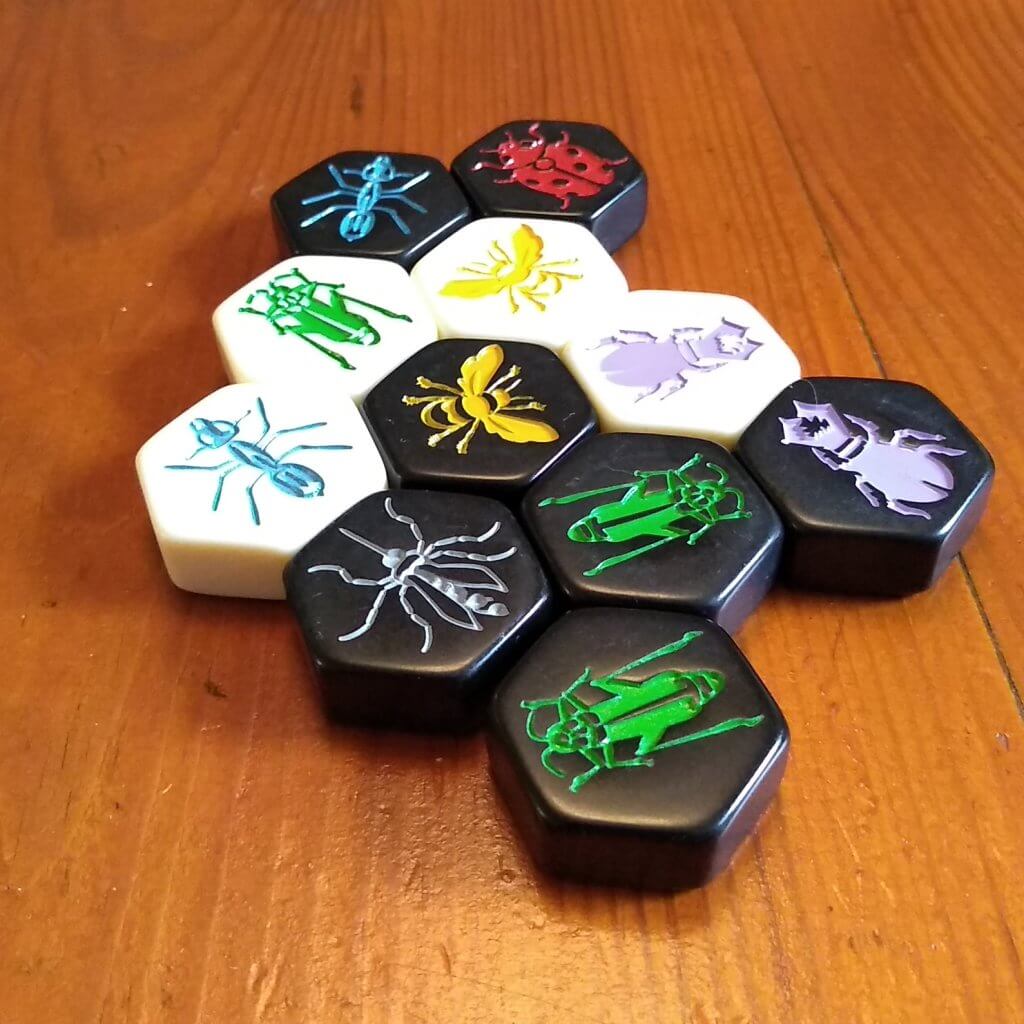
- In Hive, like Chess, one of you plays black and one white; each piece moves uniquely and it is mastering the interaction of those abilities that will win you the game. Every decision you make in Hive counts and while each piece moves differently, a lot of the bugs move in an intuitive way. Your aim is to ensure the opponent’s Queen is surrounded by bugs (they don’t all have to be yours). It’s quick to play and fairly quick to learn (I kept a cheat sheet on hand to remind what each bug does which helped). It gorgeously chunky and tactile and has no board making it portable and great to play wherever you are.
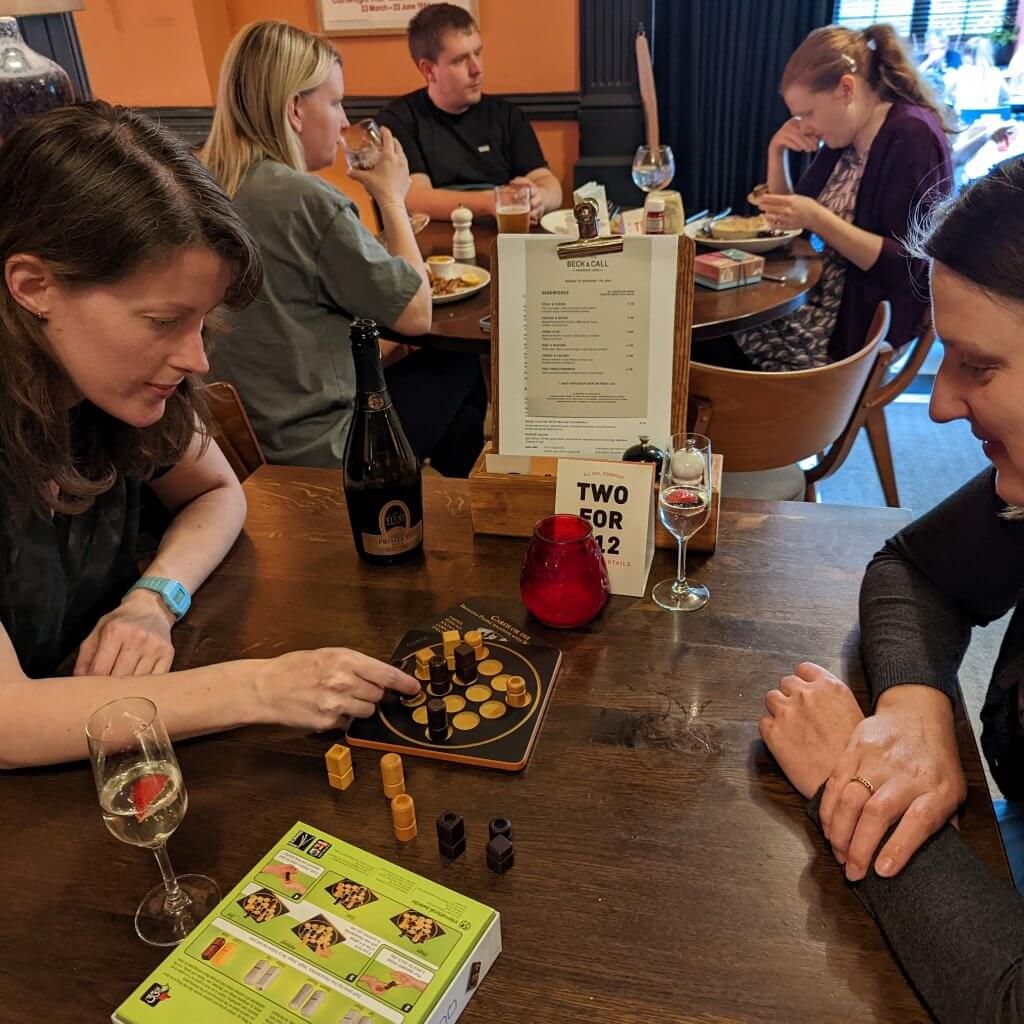
- Quarto is more accessible than Chess but similarly strategic and tactical. It feels more akin to Connect 4 but is fiendishly difficult as you can connect 4 in 8 different ways. (Having said that I’ve played people who make Connect 4 fiendishly difficult!) As is a bit of a theme with my games it is pretty and tactile. Like a Chess set it could easily be left out on display and picked up for a quick game. In the picture you can see the small set but there is a larger one that is delightfully chunky. The real kicker with this one is that on your turn you select a piece for your opponent to place. That means that if you win, you get to hand your final victorious piece to the loser and they have to place it in the winning position. Perfect if you’re ‘quite’ competitive.
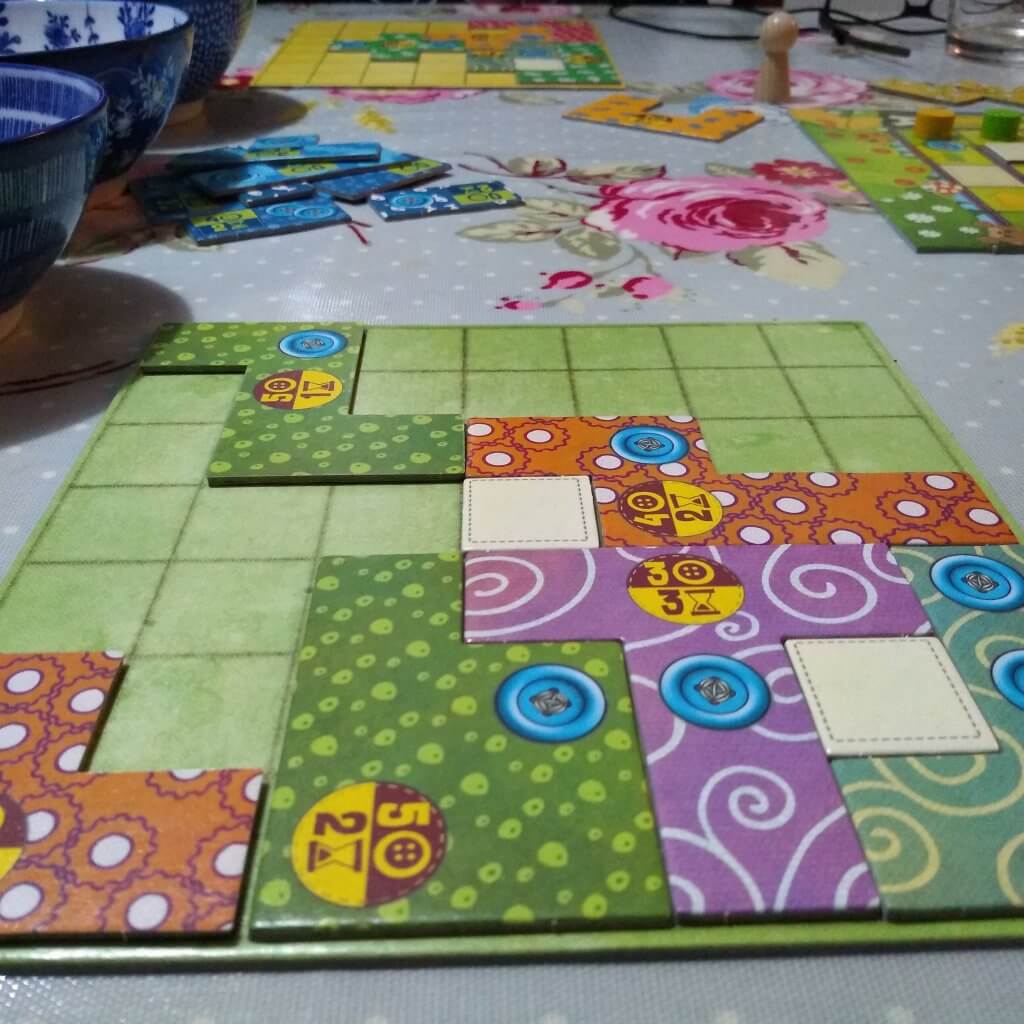
- Patchwork is very different from my last two recommendations. There is some degree of randomness here in that the layout of the patches differs each time and what you can afford from your choices is going to be limited. However, I don’t think that detracts from the intelligence of the game. You can still be strategic but will have to rely much more on tactical decisions and perhaps the ability to adapt your strategy. I would argue that, that is just as challenging. Also, this is a spatial puzzle and less fiercely competitive than the other games. You will still need to gauge what your opponent will do to determine what you should do but going for screwing them over can easily backfire, leaving you with patches you don’t really want. Here you are trying to maximise your buttons (end score) by tessellating shapes and filling your board. Empty spaces carry a penalty. By now you can probably see a theme in my recommendations. They are similar not only in brain power but are all tactile and nice to look at. In patchwork you earn buttons to spend on more patches and to count as victory points at the end. Obviously I have replaced the cardboard tokens with real buttons – ah but were they fabric covered buttons? Why yes of course. There are lots of other brilliant two player strategy games like Abalone, Quixo, Quoridor, Qawale, Connect 4 as well as Chess of course. Come along to an event and try them out.
Your to-do list for Airecon 2023
Sadly, this year Airecon clashes with DERT – a dance competition for rapper dancers (think traditional English dance with swords rather than Ice T). Not content with committing to one thing, I will be there trying to support my own team and my daughter’s team (are they dancing in the same pubs? No, of course not) and then haring off down to Staffordshire Showground to take the games to The Kid’s Festival. I’d love to see you there (click the link for more details) but if you can’t make it or can’t find any small children to bring along then instead I need you to go to Airecon.
And these are all the things you need to do and see at this year’s Airecon so that I can live vicariously through you. Yes you. I’m relying on you. You can do these things in no particular order it’s only fair that you have some agency here.
While you are there you should play games from the library – there’s over 800 to choose from provided by Travelling Man. The great thing about the library is (like at my events) you can try out games and if you like them enough you can treat yourself to a copy but there is no pressure to buy. Once you’ve paid to get into Airecon, you can play games all day long and not buy any. And if you get fed up reading rules or fancy a break, you can go round the stalls and people are only to glad to teach you their game.
Thinking of going alone? Absolutely no problem. Airecon is a really welcoming space and there are folk around to help and point you towards other players. In fact they have a designated person in charge of doing just that – every odd hour from 11am-7pm, Fri-Sun, Dave Wetherall will be in the Gameseekers area to help you find others to game with. He’s easy to find as he usually sports a purple top hat!
Here is your to do list. There are a mere 10 items to complete. Evidence of completion is expected – this can take the form of selfies, blog posts or comments on the interwebs:
- Go and win a copy of FlickFleet.
Paul and Jackson will be there running a competition to win a base game and the first expansion. You can read all about how fabulous FlickFleet is here. It’s a brilliant combination of dexterity, dice and strategy – all played out in space.

2. Play Qawale at Hachette Games
Hachette Games are taking a new one that I’m desparate to play. It’s called Qawale and it’s described as 4 in a row meets mancala. I love Quarto, Quoridor and Quixo which are all in my collection. They are abstract, strategic and beautifully made wooden games and I’m sure I’m going to love Qawale just as much.
They are also bringing Food Truck which is another one that is new to me. It looks loads of fun and neatly brings me on to your lunch break. Obviously you will need regular breaks – bag yourself a cute oink games sponsored Airecon mug and that will make your tea cheaper all weekend. Then head over to the food trucks – I’d like Poutine and crepes from Madam Crepes. It looks absolutely delicious. For snacks there’s Honeybadger games tasty array of dice and meeples. Yum.
3. Check out Cake of Doom
Cake of Doom will be launching during Airecon – how exciting is that. I played last year at UKGE – if you enjoy cake, aliens and trying to take over the world then this is for you. If you haven’t played I definitely recommend checking this one out. You can read more about it here and while you’re there maybe subscribe to Tabletop Games Blog for more fab reviews.
4. Plot the revolution with Dissent Games
I love the values behind Dissent games as well as their games. They design games about direct action and politics for the campaigning sector. I have Disarm the Base which you might have played as well as their roll and colour games which I love. They are surprisingly tactical for something that just looks like some nice colouring in! I find them very mindful and often play them on my own. I’ll be needing a refill pad soon. I’m looking forward to the arrival of Library Labyrinth – every character is a historical or fictional woman and these women must collaborate to trap the horrors that have escaped the books in the library.
5. Be astounded by the array of games at Bez’s stand


Bez has created so many fabulous games. I’m particularly enjoying her recent work with all the cool creatures. You may have played ‘A game about WEE WHIMSICAL CREATURES and trying to identify them after someone makes noises’, ‘A game about quickly grabbing creatures that are totally different and counting your beetroots’, ‘A game about drawing creatures, complimenting the drawings, then complimenting the compliments’ or even Yogi at one of my events. There is such a range of fun, creative games that there is bound to be something you love. Bez even has different prices so you can splash out on a game or go for a Bezzy Bargain Bag!
6. Hang out with Wotan Games
Build castles, try to get into the upper echelons of court or lament Brexit and try to do it better. I love stopping by here to play a game, have a natter and set the world to rights. Also Lawrence always seems to share some gem of knowledge that stays with me. If you’ve enjoyed either of the Camelot games at my events, this is where they came from.
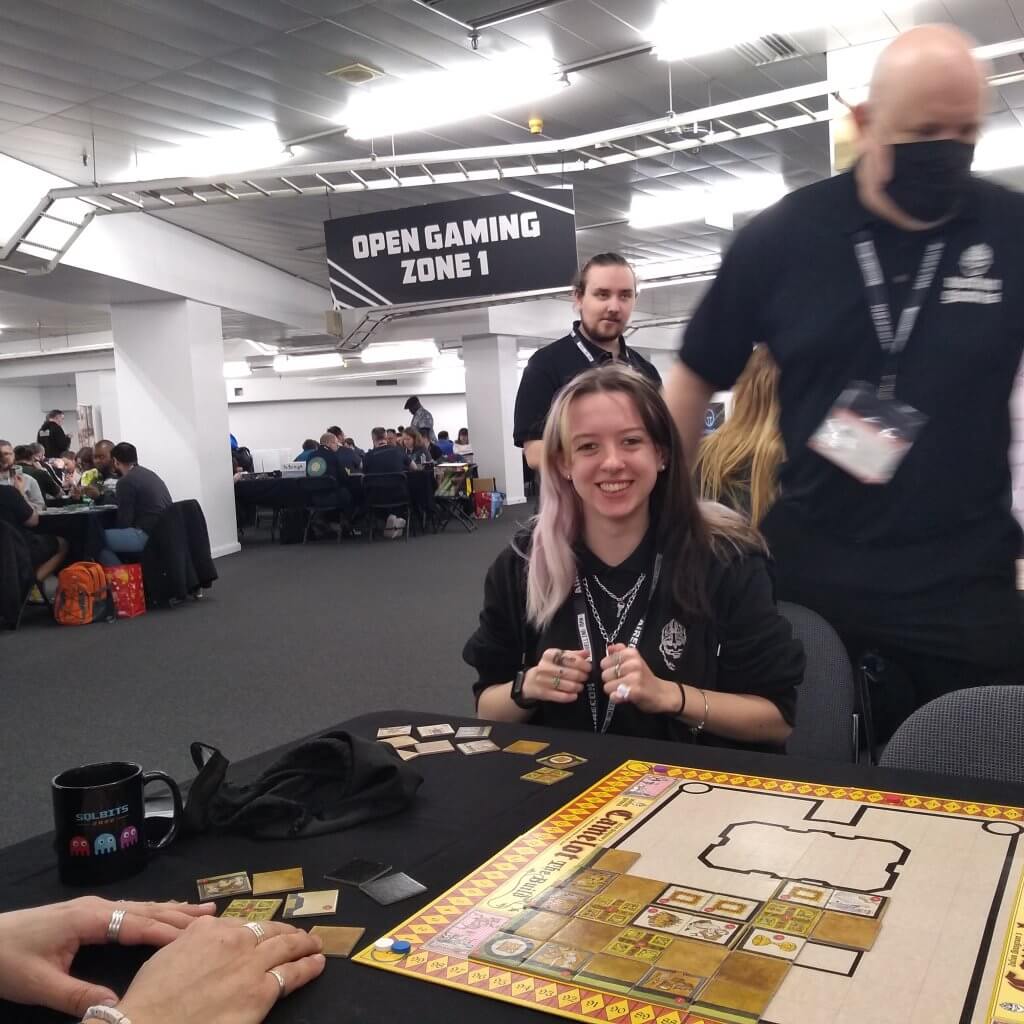
7. Sign up to playtest Stop, Drop and Roll’s new game.
The new game is still in development and I keep seeing teasers for it on Twitter. Pugs in Mugs gets played loads at Cards or Die events and while this game looks totally different I’m still excited to find out more. Win their trust with dog photos and then slip in some casual questions about the new title. And most importantly report to me with your findings!
8. Playtest a new one from Ragged Owl Games
I know some of you enjoyed the playtest session at Hyde Park Book Club as part of Leeds board games fest. Airecon has loads of games for you to playtest and this is one that’s on my list. A roll and write called Raze and Raise – how can you resist that level of alliteration?!

9. Pretend to be me and introduce yourself to We Can Play
I’ve been looking forward to meeting these lovelies in real life for ages! I’ll have to wait till UK Expo now. They made the fabulous We Can Play and they are currently working on bringing Ecosfera to life. I haven’t played either of these and they both look epic.
10. Pretend to be me again and promote me on Die Rollin’
Die Rollin’ will be there spreading the good news about board games and board games creation. They are aiming to feature as many people as possible over the weekend so make sure you find them and say hi and tell them all about your exciting projects.
There are definitely more things I am missing both from this list and in real life. So sure, go ahead, add to the list… I’ll just be in Rochdale in two different pubs at the same time, crying into my rapper sword.
